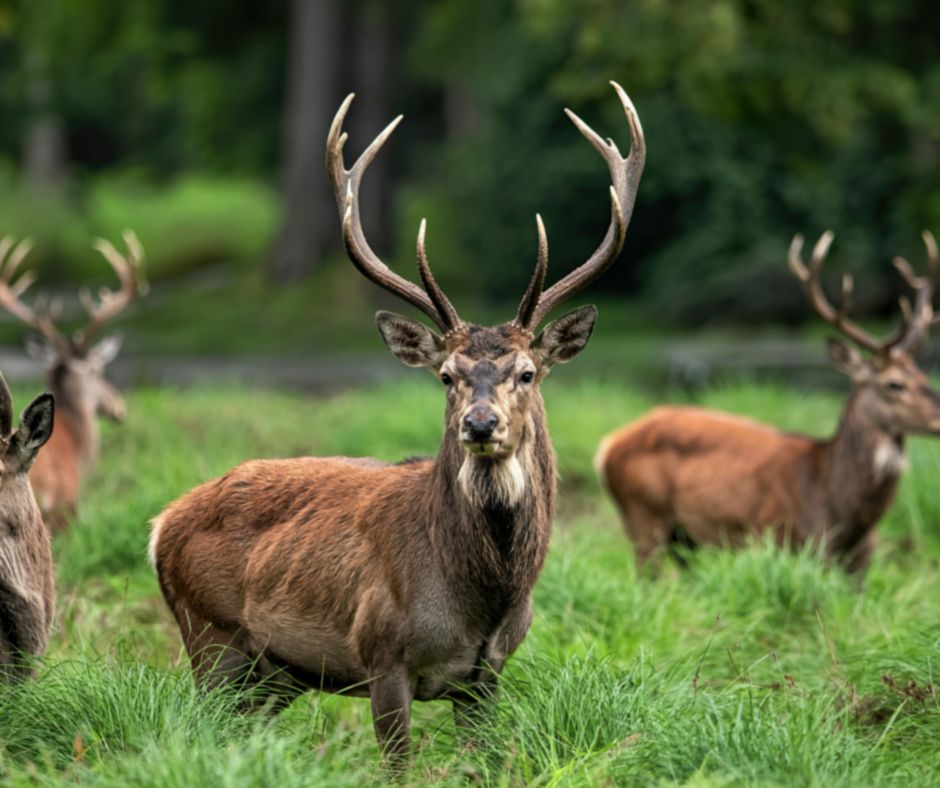How to Set Up Deer Food Plots
Setting up deer food plots is one of the most effective ways to attract and support healthy deer populations on your property. Whether you’re a seasoned hunter or a landowner interested in wildlife management, establishing well-planned food plots can improve habitat, increase deer activity, and even enhance your hunting success. In this guide, we’ll walk you through everything you need to know about how to set up deer food plots, from site selection to maintenance.
1. Choose the Right Location
The first step in setting up deer food plots is selecting the ideal location. Deer prefer areas that provide both food and cover. Consider these tips:
- Proximity to bedding areas: Plant plots within a short distance from deer bedding areas so deer can easily access food without feeling exposed.
- Sunlight exposure: Most deer food plot plants require at least 6–8 hours of sunlight per day to thrive. Avoid heavily shaded areas.
- Soil quality: Fertile, well-drained soil produces healthier plants. Conduct a soil test to determine nutrient levels and pH.
- Shape and size: Avoid long, narrow plots along edges of woods, which can make deer feel vulnerable. Round or irregular-shaped plots work best.
2. Prepare Your Soil
Healthy soil is the foundation of a successful deer food plot. Proper soil preparation ensures strong plant growth and maximum nutritional value.
- Clear the area: Remove existing vegetation, rocks, and debris. Consider using a herbicide if necessary.
- Till or disk the soil: Loosen the soil to a depth of 4–6 inches for better seed-to-soil contact.
- Amend soil nutrients: Based on soil test results, apply lime to adjust pH and fertilizer to supply essential nutrients.
3. Select the Best Plants
Choosing the right crops for your deer food plot depends on your region, season, and goals. Popular deer food plot plants include:
- Cool-season crops: Clover, oats, rye, and winter wheat are ideal for early spring and late fall.
- Warm-season crops: Corn, soybeans, and brassicas thrive in late spring and summer.
- Perennials: Alfalfa and chicory provide long-lasting nutrition year after year.
Mixing different types of plants can create a diverse, year-round food source that appeals to deer at all stages of the season.
4. Plant at the Right Time
Timing is crucial for a productive deer food plot:
- Cool-season plots: Plant in early spring (March–April) or late summer/fall (August–September).
- Warm-season plots: Plant in late spring (May–June) after the last frost.
Follow seed packaging guidelines for seeding depth and spacing to ensure optimal germination.
5. Maintain Your Food Plot
A well-maintained plot will continue to attract deer year after year:
- Fertilize regularly: Apply fertilizer based on your soil test recommendations to maintain nutrient levels.
- Control weeds: Use mowing, herbicides, or selective weed control to prevent competition with your food plot plants.
- Monitor deer activity: Observe deer patterns and adjust plot locations or crops as needed.
6. Consider Wildlife-Friendly Practices
Enhancing your deer food plot goes beyond planting crops:
- Provide cover: Include brush piles or tree lines nearby to make deer feel secure.
- Water sources: A nearby pond or small water source can increase deer usage.
- Rotate crops: Rotating your crops each season helps maintain soil health and prevents plant depletion.
Learning how to set up deer food plots is both an art and a science. With careful planning, proper soil preparation, and strategic planting, your plots can provide vital nutrition for deer, improve your hunting success, and support a thriving wildlife population. By following these steps, you’ll create food plots that deer love and that enhance your property for years to come.
